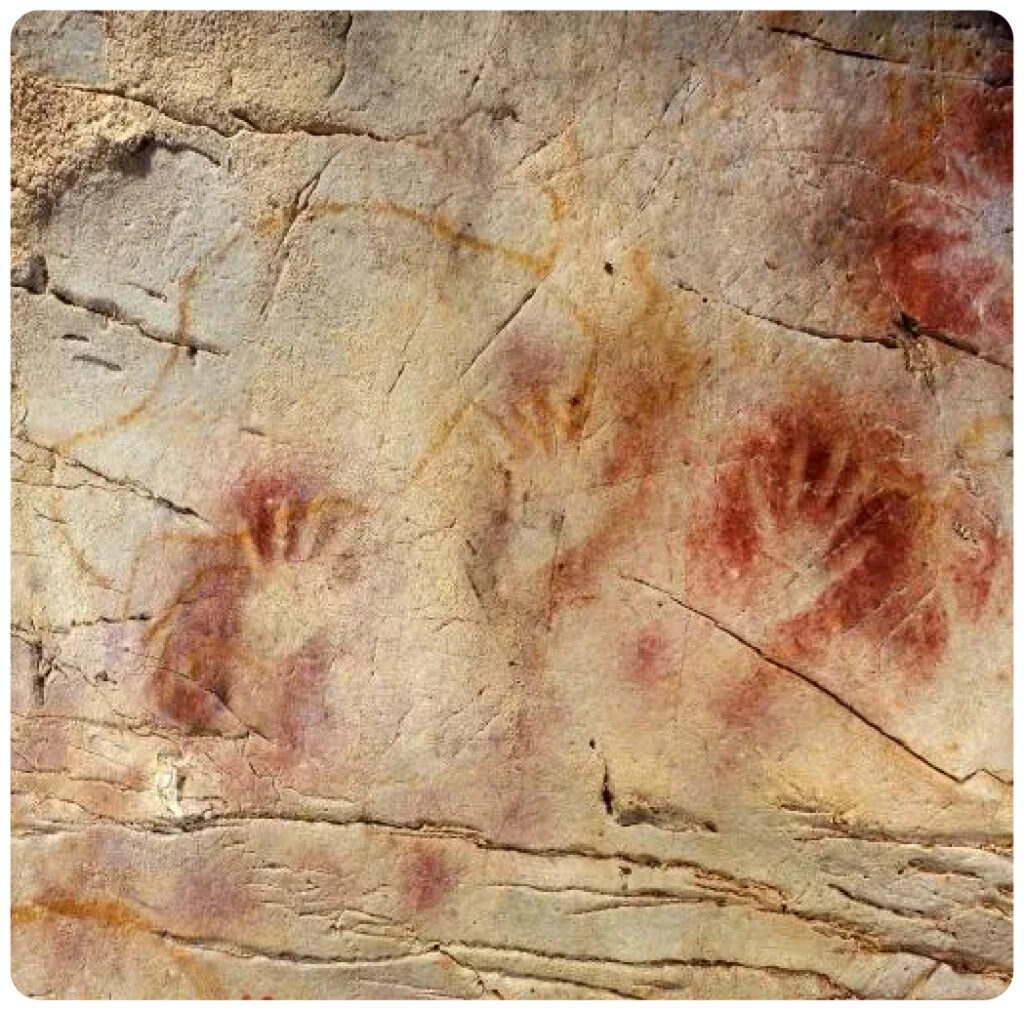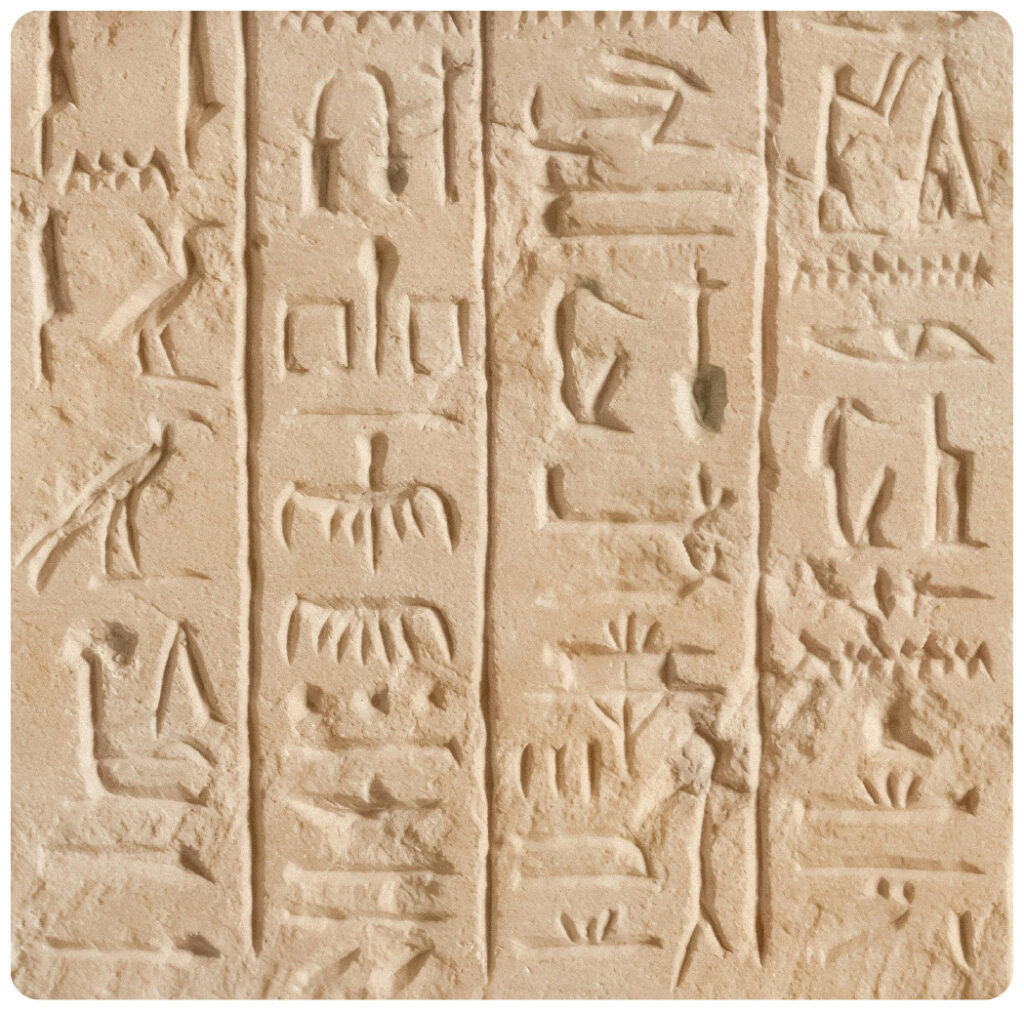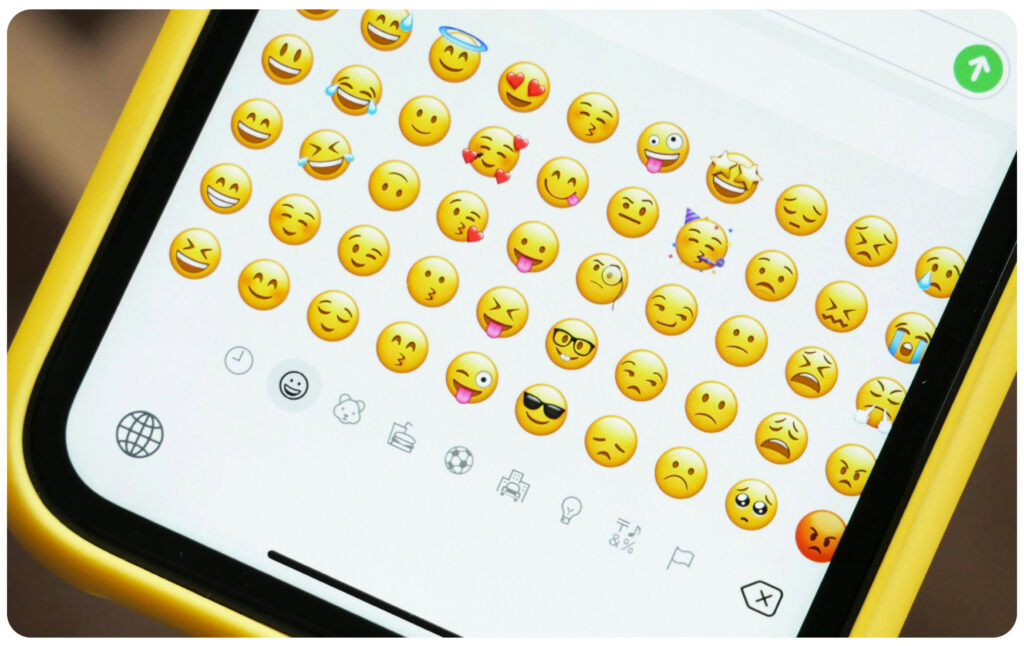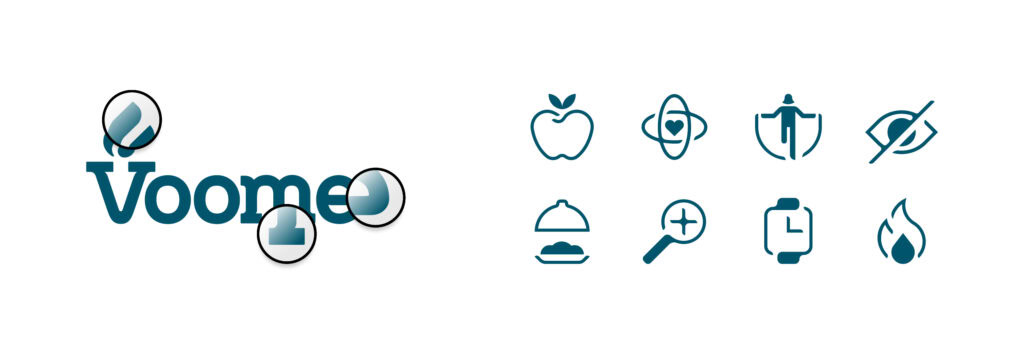
In today’s fast-paced digital world, where attention spans are shorter than the taps, clicks, swipes, and likes we deal with each minute, effective communication for your brand is essential. Iconography (a.k.a. pictograms or icons), is a universal visual language that offers a powerful way to convey key messages quickly and efficiently. While generic stock icons are readily available (and quite generic), they lack the unique personality and flexibility needed to connect with your audience.
So, what is an ‘icon’?
To understand the why of brand icons, let’s explore the what and make sure our definitions align.
For this discussion, iconography (or icons) refers to traditional or conventional imagery, symbols, or modes of representation associated with a subject or idea. It serves as a universal visual language and has been used as far back as ancient Rock Paintings or Egyptian hieroglyphs, all serving specific purposes of storytelling and messaging throughout the ages.


LEFT : Currently Europe’s oldest dated art by at least 4,000 years – Source: http://goo.gl/qiWTWQ
RIGHT : The hieroglyphic script originated before 3100 B.C., at the very onset of pharaonic civilisation.
While iconography boasts a rich history dating back centuries, from the groundbreaking Isotype system developed by Gerd Arntz, Apple’s Lisa in 1983, pioneering the digital icon family to the expressive emojis we use today, let’s focus on its modern role in branding.

Brand icons, while serving the same purpose as their predecessors, are even more focused on reflecting your brand’s unique story and messaging. They can range from simplified shapes to intricate mini illustrations, with the core purpose being to effectively communicate and enhance your brand’s visual appeal.
Deep Dive
- Brand Enhancement Designing icons that match your brand’s style, colours, and personality, you can strengthen your brand’s visual identity and make it instantly recognisable. This cohesive brand experience reinforces your values and builds trust with your audience.

- Smooth User Experience: Custom iconography can enhance user navigation, improve clarity and inviting engagement. When standard icons fall short in representing your unique features or actions, custom icons become essential. Beyond functionality, custom icons are narrative tools. They help tell your brand’s story and differentiate your unique product in competitive markets.
- Consistency across the board: Custom iconography can ensure a consistent look and feel across all touchpoints and interactions with your brand. By creating your own set of icons, you can avoid the inconsistent styles that may arise from using icons from different sources, resulting in a more polished and unified professional appearance.
- Scalability: Custom icons can be designed to adapt seamlessly to different sizes and devices, ensuring a consistent appearance across various screens and resolutions.
My Point
Iconography has evolved significantly in recent years, mirroring the advancements in app and digital platform development. While generic icon sets can be a budget-friendly option for startups and small companies, developed brands recognise that the devil is truly in the detail. Icons in branding are no longer just simple shapes and symbols to show and tell, but have become powerful storytelling tools to capture and retain attention in today’s visually cluttered and emoji-crazy world.
In a future post, we’ll share our insights on our process of crafting unique brand iconography. For now I share some usefull links about creating custom icons :
https://www.figma.com/community/file/1076804045017494363
https://uxdesign.cc/7-principles-of-icon-design-e7187539e4a2
If you’re ready to elevate your brand, let’s collaborate and create something truly iconic together.
Good design, better world.


